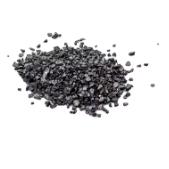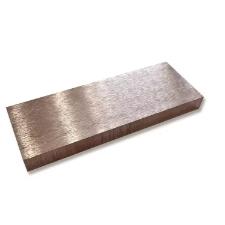**Keep Your Giant Metal Plates From Spinning: A No-Nonsense Guide**
(How To Make Large Metal Plate Unturned)
Let’s face it—large metal plates are stubborn. They’re heavy, they’re awkward, and if you’re not careful, they’ll twist, shift, or wobble when you least expect it. Maybe you’re working on a DIY project, setting up industrial equipment, or just trying to stop a massive sheet of steel from acting like a wobbly dinner plate. Whatever the case, keeping these beasts steady doesn’t have to feel like wrestling a greased pig. Here’s how to get it done without losing your sanity.
**Step 1: Check the Ground First**
Metal plates love to move when their foundation isn’t solid. Start by looking at where you’re placing them. Concrete floors are great, but cracks or uneven spots can cause trouble. Grass or dirt? Forget it. If you’re outdoors, lay down thick plywood or metal sheets to create a flat base. Indoors, sweep the area clean. Dust or debris might seem harmless, but it’s like putting wheels on your plate—slowly but surely, things will slide.
**Step 2: Lock It Down With Anchors**
Once the surface is stable, anchor the plate. Bolts are the go-to here. Drill holes through the plate’s edges and secure it with heavy-duty bolts. No drilling equipment? Use weighted clamps or vise grips to pin the plate to a sturdy structure nearby. For temporary setups, sandbags or concrete blocks work. Place them around the plate’s edges, not just on top. Think of it like building a sandcastle—you need walls to hold the shape, not a pile in the middle.
**Step 3: Balance the Weight**
Uneven weight distribution is a silent killer. If you’re stacking tools, materials, or other items on the plate, spread them out. Imagine loading a pizza oven—you wouldn’t pile all the wood on one side. Same logic applies. If the plate itself is uneven, add shims (thin metal or plastic wedges) under the lighter side until it sits flat. A carpenter’s level helps here. Check it twice, adjust once.
**Step 4: Grip It Better**
Friction is your friend. If the plate still shifts, boost traction. Rubber mats or grip pads under the plate work wonders. For metal-on-metal contact, sprinkle sand or use non-slip spray—the kind meant for tool handles. Clean the plate’s underside too. Oil, grease, or rust flakes turn into slippery hazards. A quick scrub with a wire brush or degreaser can make a huge difference.
**Step 5: Watch and Tweak**
Even after all this, keep an eye on things. Vibrations from machinery, weather changes, or accidental bumps can loosen your setup. Tighten bolts weekly, replace worn mats, and recheck the level. If something feels off, fix it fast. Waiting for a “bigger problem” is like ignoring a rattling car engine—it won’t fix itself.
(How To Make Large Metal Plate Unturned)
Big metal plates don’t have to be a headache. Solid ground, smart anchoring, balanced weight, extra grip, and regular check-ups will keep them still. No magic, no fancy tools—just basic physics and a bit of elbow grease. Now go handle that metal like it’s a sleepy cat instead of a feral raccoon.
Inquiry us
if you want to want to know more, please feel free to contact us. (nanotrun@yahoo.com)


